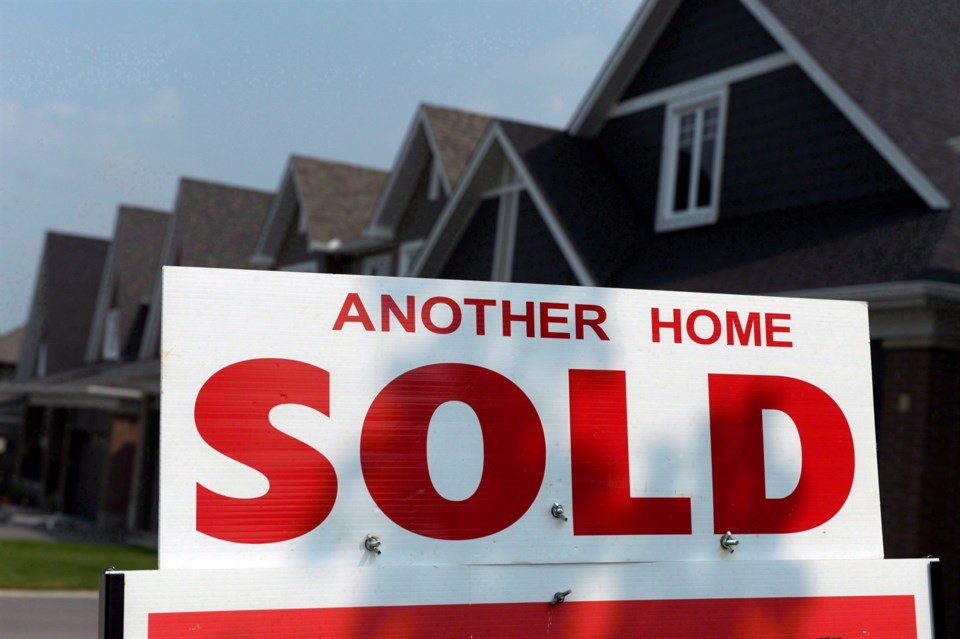B.C. home sales remained on an upswing in October with Multiple Listing Service (MLS) sales up 1.3 per cent from September and 16 per cent year-over-year to a seasonally adjusted 7,304 units.
This was a fourth straight monthly gain, and a seventh over the past eight months. Momentum since the spring has lifted activity to the highest level since January 2018.
That said, performances were mixed across regions. Growth was led by the Lower Mainland, which posted a gain of 5 per cent; Kamloops (up 7.7 per cent), and north and central Vancouver Island (up five per cent). In contrast, sales slipped by five per cent in Victoria, the Okanagan markets and northern B.C. Despite declines in some areas, the trend remains positive in most markets as low mortgage rates, modest economic growth and rising populations underpin demand for housing.
Provincially, the sales-to-active-listings ratio rose to 21 per cent (seasonally adjusted), which is firmly planted in a balanced market and pointing to tightening of market conditions and rising price pressure. The Vancouver Island and the Fraser Valley markets favour sellers while Greater Vancouver is flirting with seller’s-market territory, although strength is in the more affordable multi-family sector.
The average provincial MLS price rose 1.4 per cent from August to $729,024 and 3.8 per cent from a year ago. Composition effects are a factor due to the stronger sales pickup in higher-priced markets. Nevertheless, average and benchmark prices have risen in many markets, reflecting the tightening of market conditions following more than a year of softness. Annual MLS sales are forecast to come in mildly lower than 2018 by 3.8 per cent, with upward momentum lifting 2020 sales to 87,000 units. The average provincial price settles at $692,000 with a gain of 3.3 per cent to $715,000 forecast next year.
Let’s call this the big build. Non-residential construction in B.C. continued to trend at a strong pace, according to the latest data. The value of building permits issued in September reached $655.1 million, marking a 63 per cent bounce-back following an August decline. While monthly permit data is volatile given the impact large projects and structures can have on values, the trend remains significantly higher than a year ago.
Year-to-date, volume rose 35 per cent through the first three quarters of 2019, with the Vancouver census metropolitan area (up 37 per cent) and Kelowna (up 40 per cent) driving much of the increase.
- Bryan Yu, Business In Vancouver



